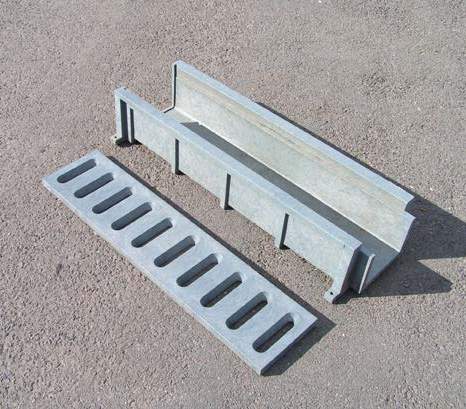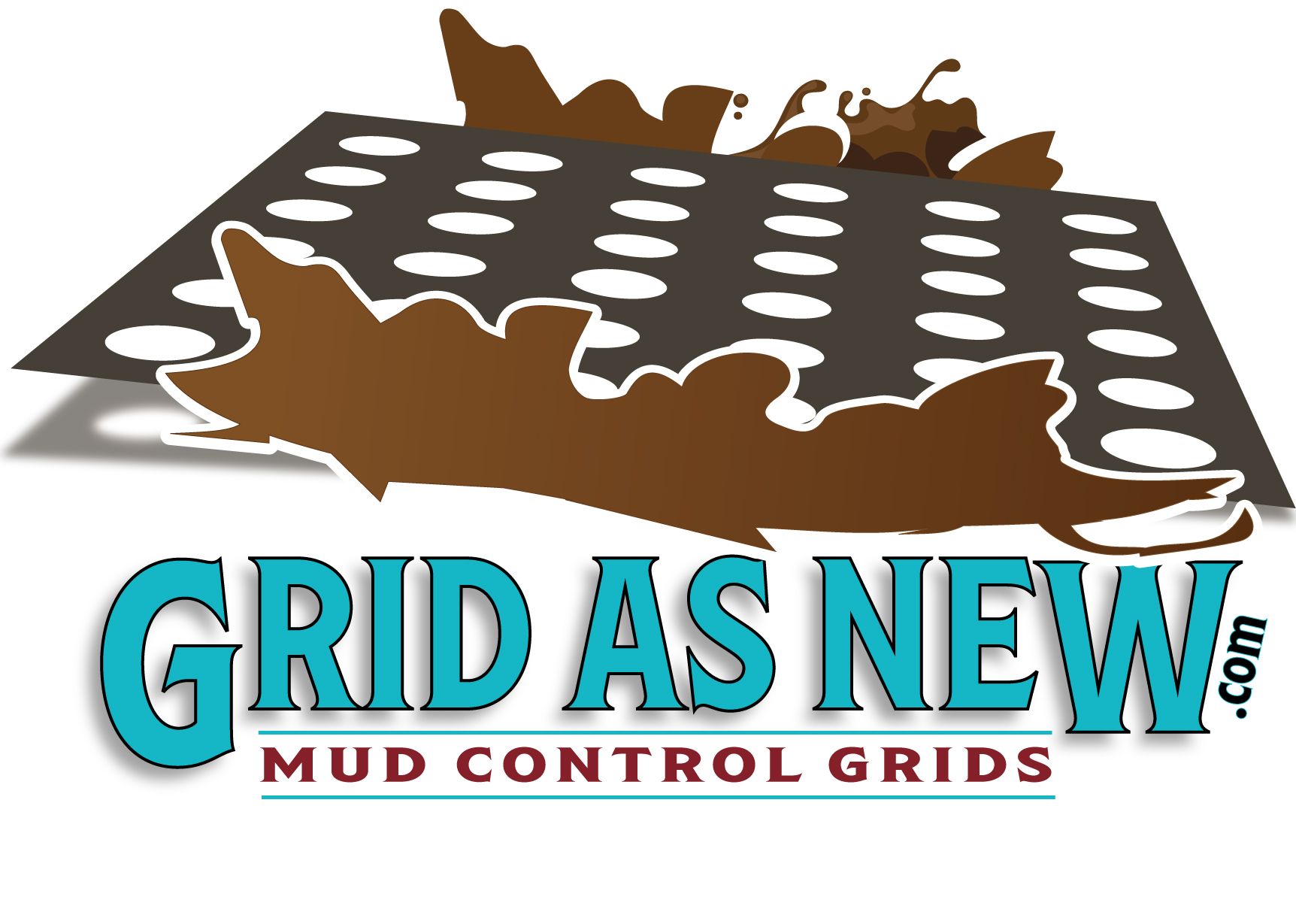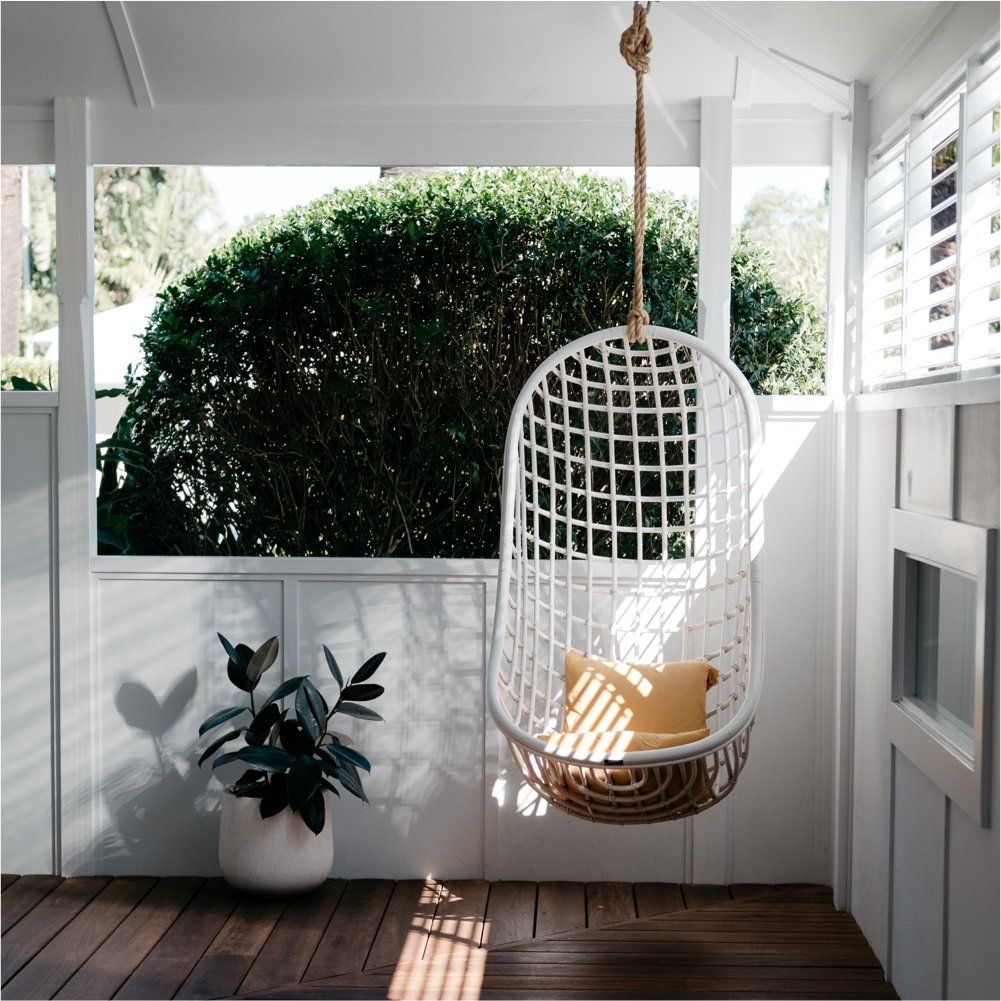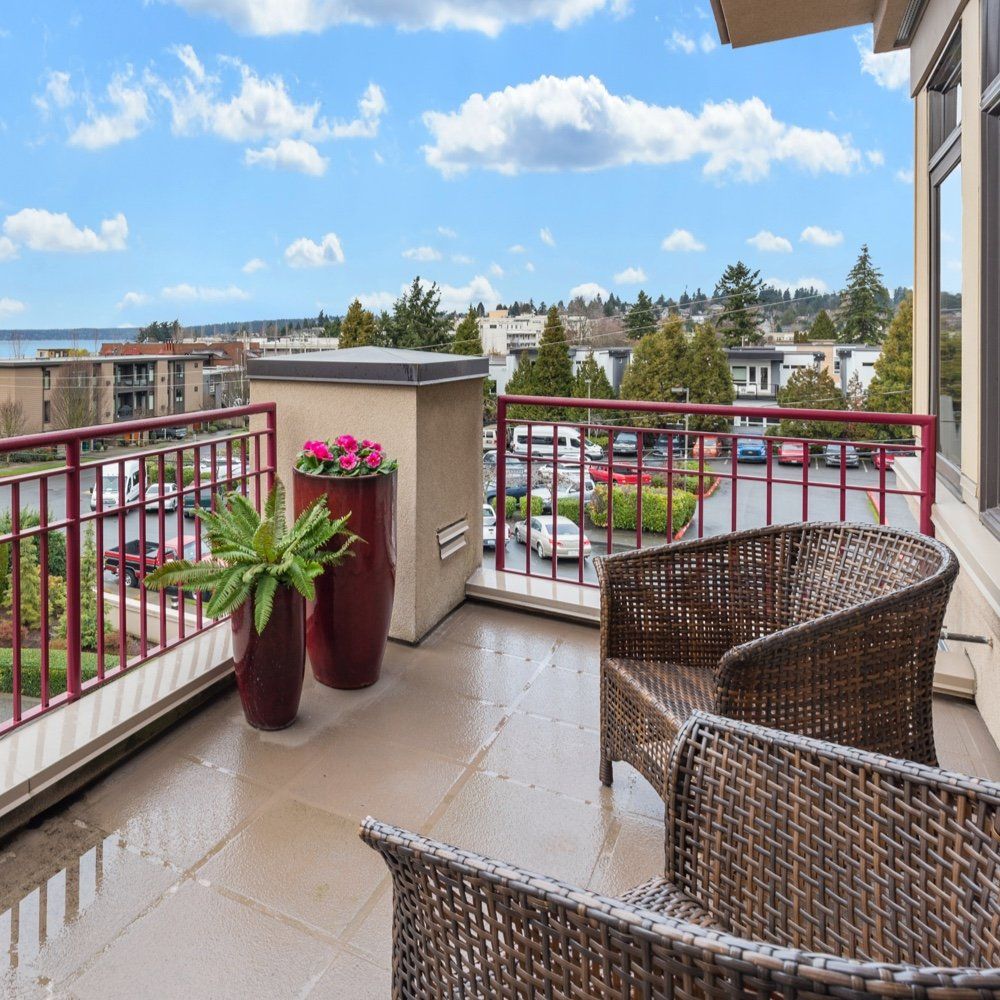TOOL SELECTION
SAWING & CUTTING
High-speed band saws and circular saws with slightly crossed teeth, preferably carbide-tipped, produce the best finish. Quickly remove any shavings to avoid smearing the plastics. Lengths can also be shortened using a chainsaw, however, it is necessary to consider a loss of accuracy.
ROUTING
The span cross-section should be as large as possible to keep the machining heat relatively low. Depth of cut and feed rate should be high, the cutting speed on the other hand low. To increase the tool life, we recommend using routers with indexable carbide inserts.
DRILLING
Spiral bits with a helix angle from 20° to 30° peak angle from 110° to 120° can almost always be used. Relaxation strokes should occasionally be used, especially with larger drilling depths, to avoid high frictional heat.
PLANING
Standard planes can also be used to process plastics. The surface is largely dependent on the feed rate, cutting speed, clearance and cutting angle and the condition of the machining blade.
DEBURRING
Angle grinders are not suitable for cutting due to their high speed. Plastic parts, which exhibit burrs or edges following machining, can be processed with an angle grinder.
PROCESSING GUIDELINES
When bolting recycled profiles together, the profile to be fastened must be pre-drilled (e.g. boards, dock planks, square profiles).
The hole must be larger than the bolt. Elongated slots are recommended to account for the temperature-related expansion of the material.
Recycled profiles are only partially paintable due to their properties. Good results have been obtained using permanently elastic plastic paints (all-weather paints) together with a roughened surface and priming. Permanent paint adhesion cannot be guaranteed.
hanit® products can be nailed both conventionally and with nail guns. Due to the compact surface, it is, however, more difficult to penetrate the profiles than it would be with wood.
Compared to wood or metal products, plastic has lower rigidity and greater flexibility. These special material properties must be taken into account when planning distance between supports in dock, fence, and patio construction.
If profiles are hammered, we recommend using a mallet or a corner protector to prevent damage to the product.
Boards, beams, and square profiles must not be press-fitted. The profiles may exhibit length variations of +/- 1.5% due to temperature fluctuations. An expansion gap (expansion joint) must be left during installation.
Sunlight affects the profile alignment, and can, for example, cause fence posts to tilt. To prevent profile distortion caused by sunlight, the profiles should not be stored loosely.
Structural verification tests, installation recommendations, and assembly instructions for many products and applications are available.
More information can be found on our website www.hahnplastics.ca in the download section or on the selected product page.
hanit® products can be processed as necessary with conventional tools and machinery used in wood and metal processing.
However, due to the properties of the material, some specific features must be considered:
» In general, machining of profiles causes higher tool wear. We therefore recommend the use of carbide-tipped tools.
» Recycled products have a closed surface. The core may have a honeycomb structure, which becomes visible during machining. This is due to the material properties.
» Some hanit® products are reinforced with steel. You can recognize these by the note "with reinforcement" or "reinforced".
Cutting or sawing these products (length/width) should be avoided.
» Any chips that occur during machining should be collected by an appropriate extraction system or device so they can be reused.
WHAT MAKES hanit® UNIQUE?
DURABILITY
» Weather-resistant
» Rot-resistant
» Can be used all year round
» Moisture-repellent, does not absorb water and dries quickly
ECO-FRIENDLY
» Produced without preservatives
» Reduces the strain on landfill, is sustainable and environmentally friendly
» Recyclable in the material cycle
» Awarded the "BLUE ANGEL" eco-label
» Non-polluting
ECONOMICAL
» Long service life
» Resistant to oils, brines, acids, and salt water
» Low maintenance and service costs
» Made of high-quality processed secondary plastics (polyolefins)
» Excellent price-quality ratio
» Perfect construction material, especially for robust profiles and finished parts
LIGHT-WEIGHT
» Approximately 1/3 the weight of concrete
» Installation does not require heavy equipment
» Higher load capacity
» Transport cost savings
» Faster installation
» Reduced workload
SIMPLE PROCESSING
» Easy to process mechanically (drilling, sawing, screwing, nailing)
» Simple adjustments can be made on the spot
SAFETY & MAINTENANCE
» Splinter-free and carries low risk of injury
» Non-toxic according to DIN EN 71-3 (Safety of Toys)
» No need to clean
» Maintenance-free
TALKING ABOUT RECYCLING
Preconceptions can be persistent: "Eventually, it will all be burned anyway." or "Why separate waste if it all ends up in the same place in the end”.
In reality, recyclable packaging waste will be recycled.
This is how it works:
THE RECYCLING LOOP – YOUR ROLE
Everyone can contribute to effective recycling and environmental protection.
Here are some tips:
» Only discard your packaging in designated receptacles
» Plastic cups do not need to be rinsed, removing bigger residues is more than sufficient
» Fully remove any aluminum lids, this makes sorting significantly easier.
» Do not stack any packaging on top of each other, this makes it harder to separate.
COLOR RANGE OF hanit®
hanit® recycled products are, depending on the product, available in various colors.
Each product starts out as a gray granulated material, which is dyed during the manufacturing process.
PLEASE NOTE THE FOLLOWING FOR hanit® COLORS:
» When using recycled materials (hanit® pellets) variations in color and visual appearance of the products can occur. For this reason, the depicted color tiles are meant for orientation only. Discrepancies are unavoidable in the course of the manufacturing process and therefore are no basis for complaints.
» Gray profiles do not have any dye added. The color tone is the result of a production process without added colorant (natural). As a result of variations in the raw material mix, color deviations are more likely to appear in gray profiles.
» All other colors are achieved by dying the gray granulate. The profiles are fully dyed throughout not just on the surface.
» hanit® profiles are characterized by their muted colors which emphasize the natural character of the products.
» Colors and products can lighten over time. This is due to a natural process which does not impair the functionality of the products. Color changes such as lightening are exempt from the warranty.
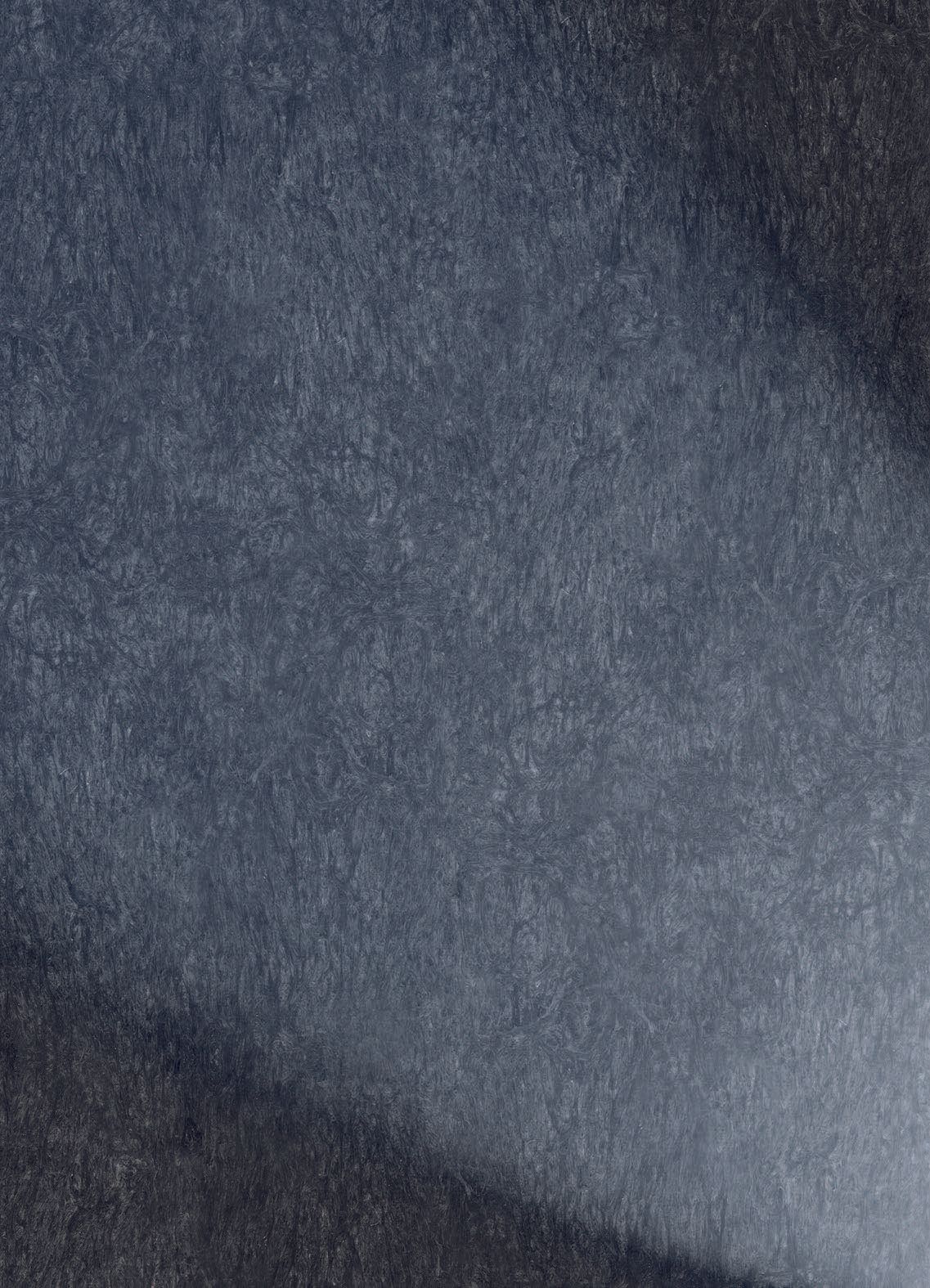
GRAY
Similar to RAL 7000/7005/7023

GRAY
Similar to RAL 7000/7005/7023

GRAY
Similar to RAL 7000/7005/7023

GRAY
Similar to RAL 7000/7005/7023

GRAY
Similar to RAL 7000/7005/7023

GRAY
Similar to RAL 7000/7005/7023
DETAILS ABOUT THE BLUE ANGEL
WHY OUR PRODUCTS ARE SUSTAINABLE
WITH OR WITHOUT AN ECO-LABEL
The Blue Angel originated in 1978 as a certification for products and services that are more environmentally-friendly than comparable conventional products and services.
What is the criteria of environmentally-friendly based on? Products that are to be awarded the Blue Angel have to be produced in a resource-efficient way, made of sustainably produced raw materials, be especially long-lasting and be easy to recycle.
All of these criteria are met by hanit® products in an exemplary way. Even the base material which was developed by HAHN is a sustainably produced raw material, setting ecological standards. For this reason it is no surprise that many of our products have been awarded the Blue Angel certification since 2005.
This however, does not apply to all of our products. The reason is simple: some of our products need to be exceptionally sturdy and stable and therefore require reinforcement. Most of the steel used is produced conventionally and has to be purchased by us.
These supplementary components do not conform to Blue Angel regulations and as a result the product as a whole does not qualify. Similarly, the extremely robust and durable hanit® Ultra products are also an example of sustainability but as these products are made in the UK, they cannot be awarded a German eco label.
For you as a customer this means: even the products which have not been awarded the Blue Angel label due to their individual components, they are still environmentally-friendly. The high proportion of hanit® recycled pellets guarantees the responsible use of resources and protection of the environment - we vouch for that with our name!
Note: Products awarded the Blue Angel can be easily identified directly on the individual product page
